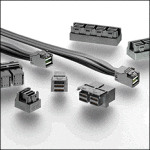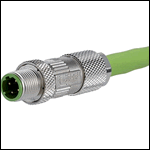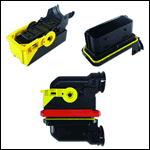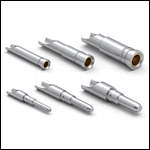Distance Makes a Difference: Fiber Optics or Copper?
Choosing between fiber optics and copper? According to Jacques Mieville of Fischer Connectors, the further you go, the more you need fiber.
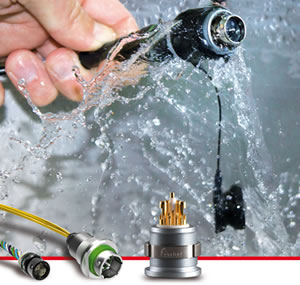 When properly maintained, there is no argument that fiber has significantly greater bandwidth and is more reliable than copper. Because fiber transmits data as a series of light pulses instead of electrical current, it can carry much more data, and the data can be carried further. There are many advantages in using fiber optic cable over copper, including costs as well as fiber’s immunity to EMI and RFI, which means very little signal loss so data travels further, faster.
When properly maintained, there is no argument that fiber has significantly greater bandwidth and is more reliable than copper. Because fiber transmits data as a series of light pulses instead of electrical current, it can carry much more data, and the data can be carried further. There are many advantages in using fiber optic cable over copper, including costs as well as fiber’s immunity to EMI and RFI, which means very little signal loss so data travels further, faster.
Companies that move to fiber optics can send high-definition video over long distances without loss of quality and send data at higher speeds than are possible with traditional copper wiring (over long distances copper experiences crosstalk effects). Unlike a traditional copper infrastructure, a single fiber can transmit any signal, from simple contact closures to audio, data, NTSC video, and now HD and Ultra HD video. In fact, all of these signals can be multiplexed over the same fiber simultaneously without any loss of performance. This has significant implications for communications, remote monitoring, and other data-intense applications.

Fiber optic infrastructures have become quite common in a number of markets and applications. These include simple point-to-point security systems, Ethernet mesh networks, and high-performance, high-bandwidth video transport and switching systems for the A/V and broadcast markets. In conjunction with this fiber infrastructure, there are a variety of fiber interconnect solutions.
The Importance of the Connection
Because it transfers light from a cable to a component, a fiber optic connector must be much more precise than a copper connector. Each ferrule holds the glass fiber, and is typically made from ceramic, metal, or plastic.
The body of the connector can be as simple as containing one ferrule in a small plastic casing for a single fiber connector to multi-fiber or fiber/copper hybrid connectors that are encased in metal with IP68-level sealing for outdoor or extreme use conditions. The connector body holds the ferrule in place and strengthens the cable at its termination point. Coupling mechanisms can be simple clips, nuts, or push-pull locking systems, depending on your needs.
There are many standard connector types designed for specific industry use like ST, SC, LC, and FC. These were developed mainly by the telecom industry to fulfill the need for high data bandwidths in Ethernet networks. Other configurations are also very popular, including circular push-pull connectors, which are often used where easy manipulation and harsh environments coupled with high optical performances are issues.
Users agree that keeping fiber optic connectors clean is one of the biggest challenges. Even a tiny speck of dirt can significantly reduce data speed and distance. When you are working indoors in a clean environment, protective caps are essential to mechanically protect the protruding ferrule. When working in outdoor or extreme environments, connector outer bodies generally provide the first mechanical protection, but you must also protect your devices from moisture and water penetration. A rugged connector that can provide a level of sealing, even when unmated, is a must for long-lasting electronic devices. Also consider how easy or difficult the connector is to clean. There are two major technologies that address cleaning issues for multi-fiber rugged connectors:
- Expanded beam uses bigger connectors to reduce the need for cleaning, but the tradeoff is significantly reduced optical performance.
- Butt-joint rugged fiber optic connectors are easy to clean and still maintain the required high optical performance.
If maintaining speed and optical performance is essential to your application, you’ll want to consider fiber optic connectors that are encapsulated and designed to be cleaned.
That said, there are obviously many places where traditional copper connectors made of plastic, aluminum, brass, or stainless steel are useful and affordable. But when you need to move a lot of data, or must move it a long way, fiber optic is clearly the right way to go.
[hr]
Author Jacques Mieville is fiber optic product manager at Fischer Connectors.
